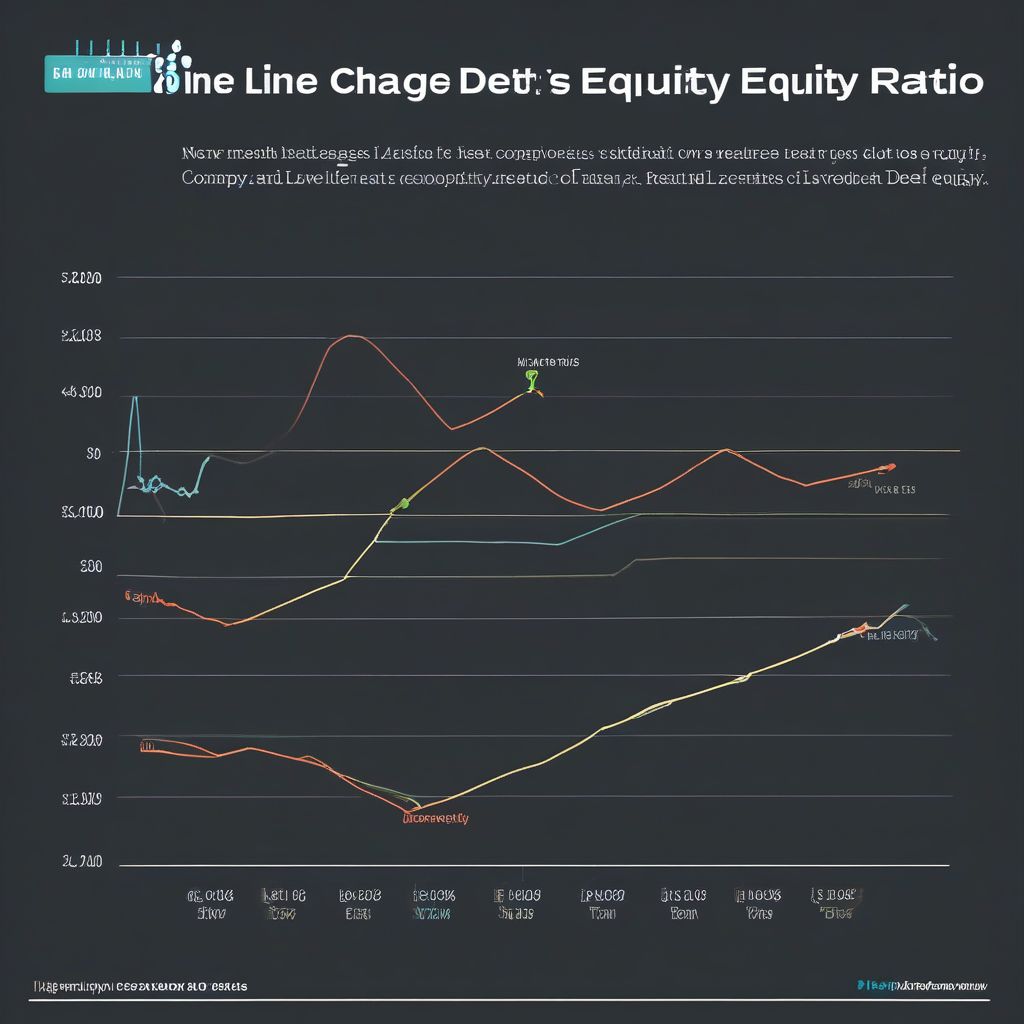In today’s economic landscape, understanding how to manage and reduce debt is paramount for achieving financial stability and reaching your financial goals. Whether you’re grappling with credit card balances, student loans, or personal loans, this comprehensive guide will provide you with actionable strategies and expert insights to effectively tackle your debt and pave the way for a brighter financial future.
Understanding Debt and Its Implications
Before delving into debt reduction strategies, it’s essential to grasp the different types of debt and their potential impact on your financial well-being.
-
Secured Debt: This type of debt is backed by collateral, such as a mortgage on a house or a car loan. Failure to repay secured debt can result in the seizure of the underlying asset.
-
Unsecured Debt: Unlike secured debt, unsecured debt is not tied to any collateral. Examples include credit card debt, personal loans, and medical bills. While lenders may not have the right to seize assets, they can pursue legal action to recover the outstanding amount.
-
High-Interest Debt: High-interest debt, often associated with credit cards and payday loans, can quickly accumulate and become a significant burden. It’s crucial to prioritize paying down high-interest debt as soon as possible to avoid exorbitant interest charges.
-
Low-Interest Debt: Typically, loans like mortgages and student loans fall under this category. While managing all types of debt is important, prioritizing high-interest debt reduction is generally more financially beneficial in the long run.
sonneriesvip.com/wp-content/uploads/2024/08/debt-snowball-method-66c5a5.jpg" alt="Debt Snowball Method" width="1024" height="1024">Debt Snowball Method
Effective Strategies to Reduce Your Debt
Now that you have a clearer understanding of debt, let’s explore some proven methods to effectively manage and reduce your outstanding balances:
1. The Debt Snowball Method
This popular approach involves listing all your debts from smallest to largest, regardless of interest rates. Focus on making minimum payments on all debts while allocating as much extra money as possible towards the smallest debt. Once the smallest debt is eliminated, roll the amount you were paying on it to the next smallest debt, creating a “snowball” effect.
Pros:
-
Motivational: Seeing quick wins by paying off smaller debts can provide a psychological boost and keep you motivated throughout the debt reduction journey.
-
Easy to Track: This method is straightforward to implement and track, making it ideal for individuals who prefer simplicity.
Cons:
- Potentially Slower: Depending on your debt amounts and interest rates, the debt snowball method might take longer and cost more in interest compared to other methods.
2. The Debt Avalanche Method
Unlike the debt snowball method, the debt avalanche prioritizes debts with the highest interest rates. You focus on making minimum payments on all debts while allocating any extra funds towards the debt with the highest interest rate.
Pros:
-
Saves Money on Interest: By tackling high-interest debts first, you minimize the total amount of interest paid over time.
-
Faster Debt Reduction: This method can potentially help you become debt-free faster compared to the debt snowball method, especially if you have significant differences in interest rates.
Cons:
- Can Be Less Motivating: If your high-interest debts are also your largest debts, it might take longer to see significant progress, which can be discouraging for some.
3. Debt Consolidation
Debt consolidation involves taking out a new loan to pay off multiple existing debts. This can simplify your finances by combining multiple payments into a single monthly payment, often with a lower interest rate.
Pros:
-
Simplified Finances: Managing a single monthly payment can be easier and less stressful compared to juggling multiple debts.
-
Potential Interest Savings: If you qualify for a lower interest rate on the consolidation loan, you can save money on interest charges over time.
Cons:
-
Not a Quick Fix: Debt consolidation doesn’t eliminate your debt; it simply restructures it. It’s crucial to address the underlying spending habits that led to the debt in the first place.
-
Potential Fees: Some debt consolidation loans come with fees, so it’s essential to factor those into your calculations.
4. Budgeting and Expense Tracking
Creating a realistic budget and tracking your expenses is paramount for successful debt reduction. By understanding where your money is going, you can identify areas to cut back and free up more cash flow to allocate towards debt repayment.
Tips for Effective Budgeting:
-
Use Budgeting Apps: Numerous budgeting apps can help you track your income, expenses, and set financial goals.
-
The 50/30/20 Rule: This popular budgeting method allocates 50% of your after-tax income to needs, 30% to wants, and 20% to savings and debt repayment.
5. Negotiating with Creditors
Don’t hesitate to contact your creditors and explore potential options for debt relief. They might be willing to negotiate lower interest rates, waive fees, or set up a payment plan that aligns with your financial situation.
6. Seeking Professional Financial Advice
If you’re struggling to manage your debt or need personalized guidance, consider seeking professional help from a certified financial advisor. They can provide tailored advice based on your specific circumstances and financial goals.
Conclusion
Reducing debt is a journey that requires commitment, discipline, and a solid financial plan. By understanding the various debt reduction strategies, creating a realistic budget, and seeking professional guidance when needed, you can regain control of your finances, achieve your financial goals, and secure a brighter future. Remember, even small steps taken consistently can lead to significant progress over time.
This guide aims to equip you with valuable information about managing and reducing debt. It is essential to conduct thorough research and consult with financial professionals to make informed decisions based on your individual circumstances.





